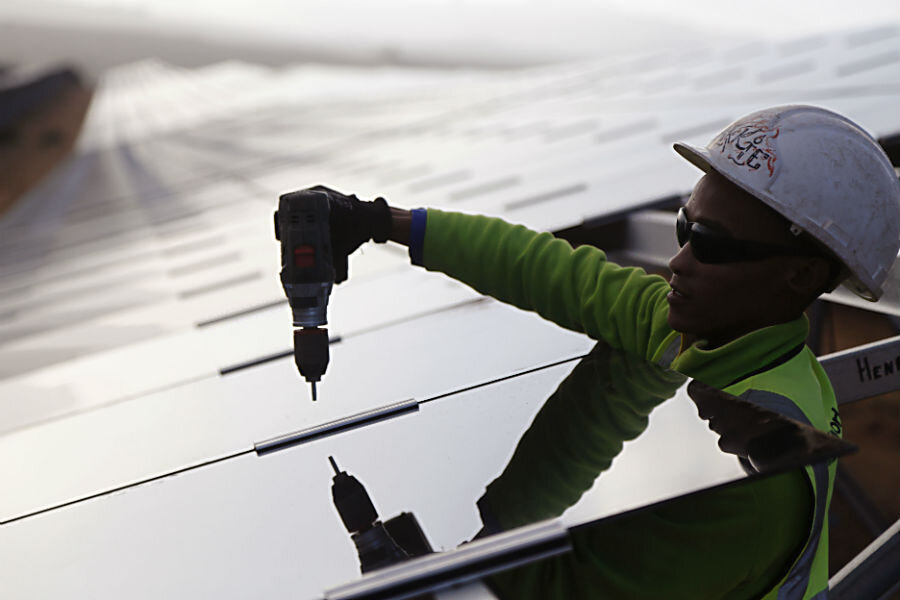Powered by rain? How all-weather solar panels work
We're already harnessing sunlight and wind to generate electricity, so why not another form of weather?
A team of researchers has designed a solar cell, like those in solar panels, that they say can generate electricity from both sunlight and rain. And this sort of dual production could solve the dilemma of needing ideal weather conditions for efficient generation, like a bright sunny day.
"All-weather solar cells are promising in solving the energy crisis," a team of researchers from Ocean University of China and Yunnan Normal University writes in a new paper published in the Angewandte Chemie journal. "The new solar cell can be excited by incident light on sunny days and raindrops on rainy days."
How would it work?
The scientists use dye-sensitized solar cells, thin film photovoltaic cells that act a bit like photosynthesis. When light hits the dye in the cells, this excites electrons, which kick off the electrical generation. This is similar to chlorophyll in plants, transferring energy.
In this case, the solar cells are coated with a thin layer of graphene. Because graphene is quite conductive, the layer only has to be one-atom thick for it to work.
When raindrops hit the graphene-coated solar cells, the salt in that water separates into ions. The Science News Journal explains, "The water actually clings to the graphene, forming a dual layer (a.k.a. pseudocapacitor) with the graphene electrons." The difference in electric charge between those layers generates electricity.
This prototype isn't yet the most efficient solar panel. The top solar panels on the market today can convert up to 22.5 percent of the sunlight that hits them into electricity, while these new panels have a solar to electric conversion rate of just about 6.5 percent, reports The Telegraph. But they still could be a help, as solar panels generate 10 to 25 percent less electricity on gloomy days.






